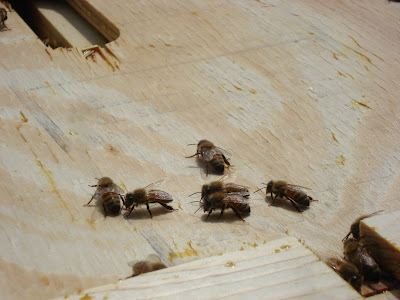

Calendula is in the daisy Asteraceae family, as you can see by the arrangements of petals and overall shape of the flower. (Also in this family are echinacea, daisies, black eyed susans, chocolate flowers, and more).

Calendula officinalis is special, though. While the entire flower is edible- used in salads and on plates to add beauty and color to food- it has incredible healing properties.

The bright flower petals, which can range from yellow to orange to red, have the ability to soothe and heal irritated skin, such as with eczema, acne, and rashes. Taken as a tea, calendula can ease cramps and help move intestinal troubles along.

Calendula officinalis is special, though. While the entire flower is edible- used in salads and on plates to add beauty and color to food- it has incredible healing properties.

The bright flower petals, which can range from yellow to orange to red, have the ability to soothe and heal irritated skin, such as with eczema, acne, and rashes. Taken as a tea, calendula can ease cramps and help move intestinal troubles along.

All this, and they're beautiful, with incredibly fascinatingly shaped seeds!












